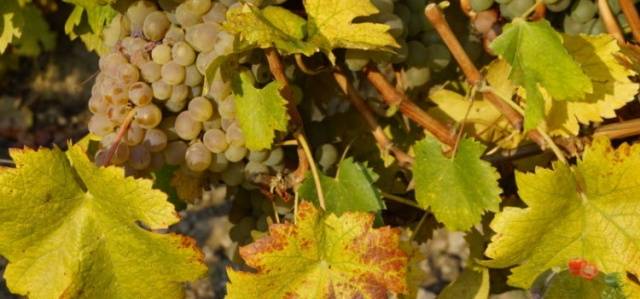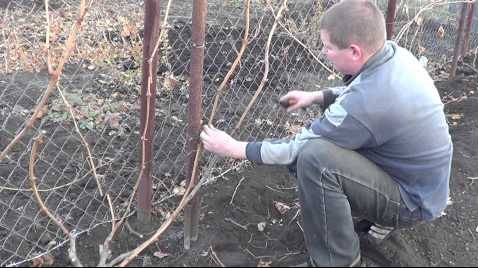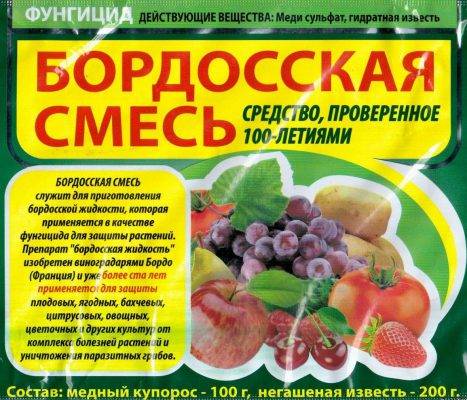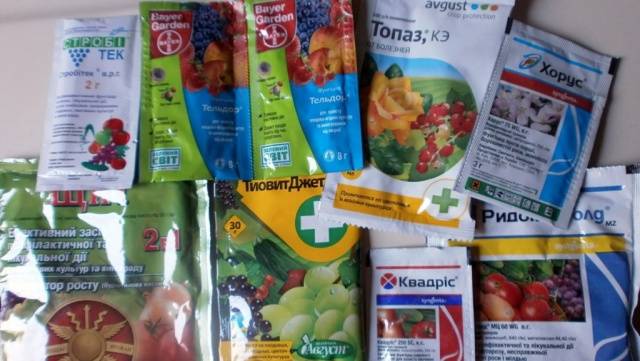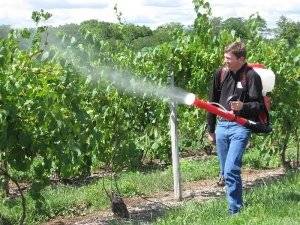Content
When the last bunches of grapes have already been cut, the plants need to be prepared for the coming winter and next year's fruiting. It's no secret that an excellent harvest can only be obtained from healthy vines. And over the summer, the vineyard was depleted, fungal diseases and viruses could appear on it. Plantings suffer from insect pests.
That is why processing grapes in autumn before shelter for the winter - not a whim of gardeners, but a mandatory event that provides for a set of works. Do not ignore or postpone the cultivation of the plantation, as this will negatively affect the wintering and laying of the crop next summer. We will tell you about the processing rules, the necessary preparations in the article.
Why are grapes processed?
The question of whether or not to process grapes in the fall is often asked by novice gardeners. Many consider this procedure to be a waste of time and effort. They motivate this by the fact that with the onset of cold weather, diseases and pests go into hibernation, which means they will not bother the plants.
This is an erroneous opinion, since diseases and pests hibernate not only in the soil, but also on the plants themselves. Disputes of diseases such as mildew, oidium, alternaria, gray rot for wintering just choose the vine. And with the onset of warm spring days, grapes will begin to attack. Therefore, autumn processing is an effective means of combating parasitic insects.
Even if you did not observe the disease affecting the vineyard in the summer, prevention is still worth carrying out.
Features of autumn processing
For novice gardeners, processing raises many questions:
- what rules must be followed in order not to harm the plants;
- in what order the grapes are processed in preparation for winter;
- what means can be used;
- how to protect grape bushes from freezing.
Let's dwell on the issues of autumn processing of the vine in more detail.
For autumn sprinkling of grapes it is best to use chemicals. They will not harm the harvest, since by the time of processing all the bunches of grapes have already been cut. In addition to destroying pests and diseases, plants also receive additional nutrition.
Why exactly chemistry should be taken when processing? The fact is that folk remedies do not destroy diseases and pests of the vineyard by 100%. Some of them will always be able to find a secluded spot and successfully overwinter in the buds and stems. And chemical agents, when sprinkled thoroughly, give a reliable result.
Preparations based on iron, copper and lime
What preparations can be used for the autumn processing of grapes:
- iron and copper sulfate;
- Bordeaux liquid;
- slaked lime.
Although many experienced gardeners are ambiguous about iron sulfate. They believe that the treatment of vines in the fall with such a preparation leads to a decrease in the resistance of plants to cold weather and leads to freezing of the root system. They advise treating plantings with copper sulfate or Bordeaux liquid.
The solutions are prepared before processing, since during storage they lose their destructive power.You need to spray each bush from all sides, so when preparing the solution, proceed from the fact that about two liters will be left for one plant.
Slaked lime well destroys fungal diseases and mold. You can cook it yourself. Dry lumps are poured with water (1 kg of lime + 3 liters of water). The resulting "sour cream" is diluted with clean water to make a full bucket. Spray the resulting composition over the plants with a paint brush or broom.
Other preparations for processing
Of course, only copper sulfate or slaked lime for the autumn disinfection of the vineyard is indispensable. After all, they are unable to destroy many diseases. Many grape plantations are affected by mildew and oidium and other viral and fungal diseases, you can get rid of them only with special means.
In the fall, when the grapes are processed, they pay attention to each plant. Any damage to leaves and shoots should be alarming. If mildew spots are found on the leaf plates, then you can use for spraying:
- Amistar or Mikal;
- Delan or Strobe;
- Novozir, Acrobat and other special means.
For the destruction of powdery mildew on the shoots, it is better to use agents containing sulfur for treatment.
Most often, gardeners acquire:
- Mikal or Sulfur colloidal;
- Ephal or Topaz;
- Saprol, Priv.
Often, by the fall, you can see the action of the grape leafworm on the leaves. If the infusion of tobacco or pharmacy chamomile did not help, then it is best to use a chemical such as Rovikurt. For the prevention of brown spot for spraying, take Fundazol, Polyhom.
A tick often settles on grape bushes. Get rid of it when chasing and pinching. By cutting off the affected upper part of the shoot, an almost 100% result can be achieved. And the treatment with chemicals relieves the bushes from the tick before wintering.
Processing rules
As we have already noted, the treatment with chemicals can only be started after the harvest has been harvested. Do not wait for foliage to fall. After all, the purpose of spraying the vine is to destroy pests and disease spores on leaves and soil.
A special device is used for spraying. It should have a good nozzle and a sealed pump.
Chemicals are diluted strictly according to the instructions. Overdose is not allowed.
After we have treated the vineyard for the first time, let the plants rest for about a week. Then we repeat the work to consolidate the result. Plants, freed from pests and diseases, will get stronger during this time and will go into wintering full of strength and health.
Processing sequence
Spraying begins with early grape varieties. It is they who most of all suffer from diseases, weaken faster. And this, in turn, reduces the immunity of plants and there is a risk of plant destruction in winter.
During the autumn spraying of the bushes, keep in mind that only those parts of the plant will be protected that have received a sufficient amount of the chemical agent. Don't forget to spray the underside of leaves and trunks. If the drug gets on the ground, it's not scary. This has its own benefit: disease spores and pests will be destroyed in the ground.
The spraying procedure starts in September. Varieties late grapes ripening is processed in early October. After processing, pruning, feeding and covering the vine for the winter are carried out.
Before the last treatment of the vine, the leaves are removed from under the plants, since they may contain insects that are prepared to winter in them.
How to properly spray grapes in front of shelter:
Conclusion
Long-term grape growers understand the importance of autumn processing. Plants weakened by diseases and pests will somehow overwinter, but in the spring they will begin to wither and die. Therefore, they purchase the necessary drugs in advance.
Not a single plant is left without attention. Even if there were no outbreaks of disease in the summer, preventive treatment is required. The procedures, of course, take a lot of time for gardeners in the fall. But it pays off with a bountiful harvest next season.
